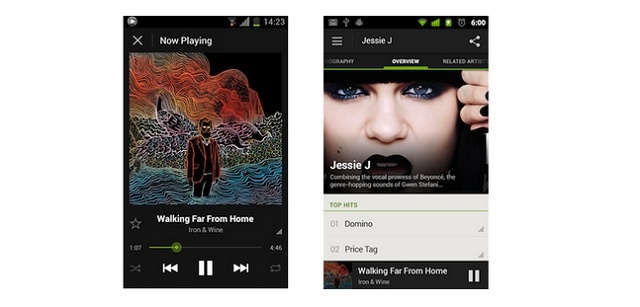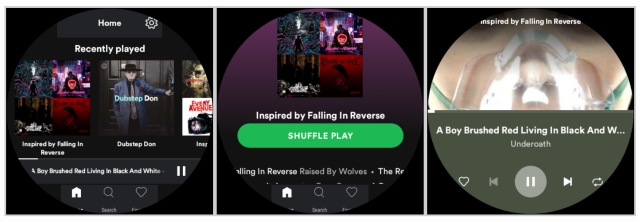

We’ve also provided guidance on how to adopt the dark color palette. The new navigation drawer and action drawer components in the Wearable support library make it easy to align your app with the system UI’s new vertical layout.


A new notification design and app launcher make it easier to take action on notifications and launch your app, and a new watch face picker makes switching watch faces fast and fun.

New system UI: We’ve made a number of UI changes that will help users interact with your app more easily.In addition, your app can receive push messages via Google Cloud Messaging and access AccountManager directly on the watch. Removing the requirement to use the Data Layer APIs also enables your app to offer the same functionality regardless of whether the watch is paired with an Android or iPhone. This means your app can continue to offer full functionality even if the paired phone is far away or turned off. Standalone apps: Your Android Wear app can now access the internet directly over Bluetooth, Wi-Fi, or cellular, without relying on the Data Layer APIs.Also, please keep in mind that this preview is a work in progress, and is not yet intended for daily use. We’re making a Developer Preview available today and plan to release additional updates throughout the summer, so please send us your feedback early and often. Based on what we’ve learned from users and developers, we're evolving the platform to improve key experiences on the watch, including watch faces, messaging, and fitness.Īndroid Wear 2.0 will be available to users this fall. Today at Google I/O, we announced the most significant Android Wear update since its launch two years ago: Android Wear 2.0.


 0 kommentar(er)
0 kommentar(er)
